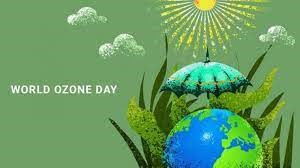Free Courses Sale ends Soon, Get It Now


Free Courses Sale ends Soon, Get It Now



Disclaimer: Copyright infringement not intended.
About World Ozone Day
History
Montreal Protocol
Kigali Agreement
Facts on Ozone
|
PRACTICE QUESTION Discuss the causes of excessive GHG emissions from agriculture and methods that can be taken to reduce emissions. |
https://pib.gov.in/PressReleaseIframePage.aspx?PRID=1957968
© 2024 iasgyan. All right reserved